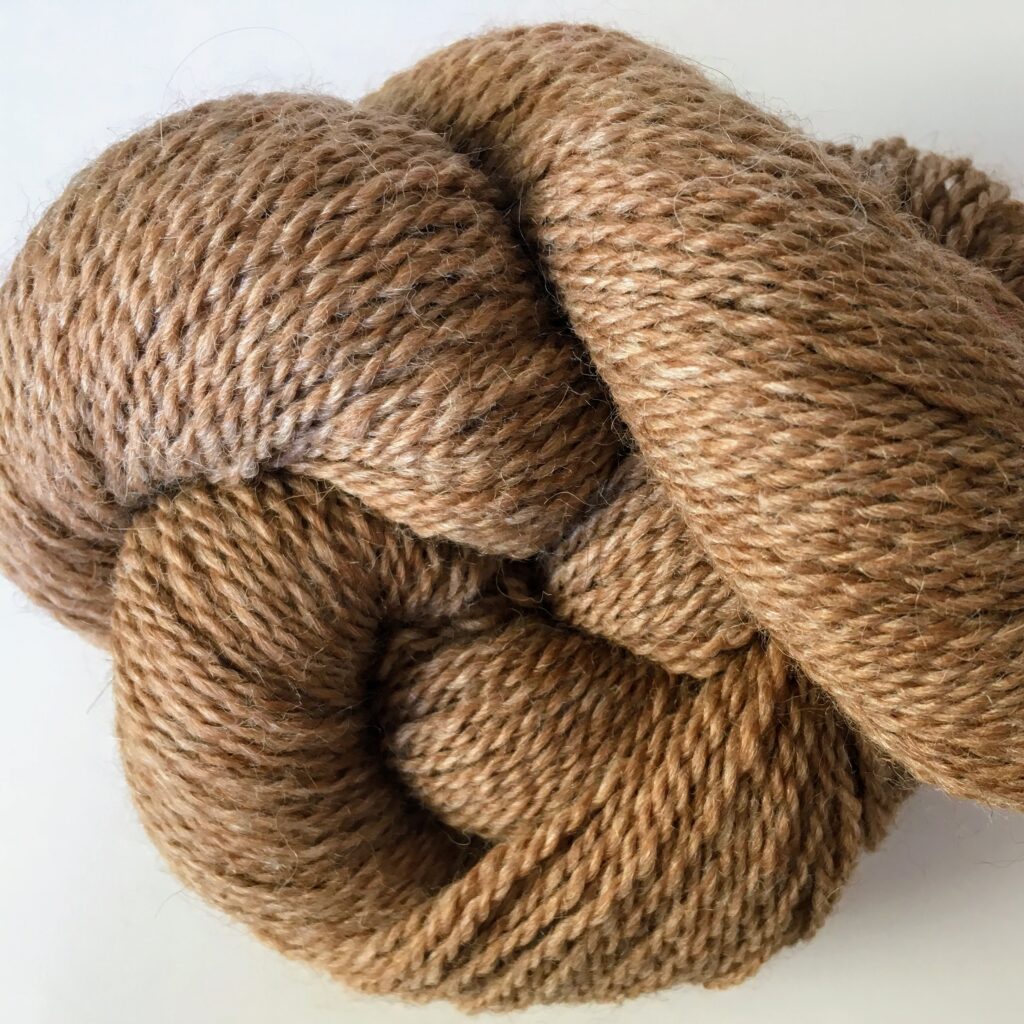In late April we had shearing day here at Breezy Hill, and we ended up with a LOT of fleece. Like, a lot a lot. So much. Look at it (post-tidy-up).

Once the fleece is brought into the barn, the fiber must be graded. This lets us know what to plan on in terms of producing different weights and styles of yarn and roving.

Then it’s time for the fiber to head to the mill for cleaning and final grading! Last week we dropped off the first batch of 2020/2021 fleece to Linda and Connie over at Painted Sky Fiber Mill. As always, they provided helpful and creative input on ideal blending and yarn weights to help map out a plan for our desired finished products. We warned them there was much more to come, but sure can’t wait to get this first batch back – it’s going to be gorgeous! (For the record, we took approximately 150 pounds of fleece to the mill, and it was, perhaps, 1/3 of all the fiber in our barn. So much fiber…) Anyway, at the mill, they first give the fleece a good washing and then run it through their industrial picking machine.

This machine has smaller teeth on the intake feed and these monstrosities on the tail end. It reopens – or sort of “fluffs” – the fiber after washing, which also helps clear out any debris that stuck around through the wash. The picked fiber passes through the monster teeth before shooting through a small opening into a dust- free room where it is picked up for the next step.
After the fiber is picked open, it is placed on the conveyor belt of this machine – an industrial fiber grader.
But also it could maybe be magic.
The fiber is fed through by smaller, softer bristles which help remove any lingering debris from the fiber. The machine sorts the fibers into coarse, medium, or fine, and automatically deposits them into the appropriate bin below. How neat is that?! This helps ensure that the best parts of the fiber are used for the yarn, leaving the rest, which is good for roving or hand spinning.
Once it’s graded, it’s time for the fiber to be carded. And let me tell you, Heather would *love* to have this machine in her workshop! Dream big, Heather!
On the right, the fine-toothed carding wheel.
This is a combing process similar to grading, but with a more finely and densely bristled wheel. This stage is fun, because it’s when the millers get creative blending fibers together in preparation for creating yarn. And, of course, it is yet another opportunity for finer particles to be combed out of the fiber. Depending on what fibers are blended and the method used, fiber may be run through this multiple times before it’s ready for use in the next step.
Once the fiber has been carded thoroughly, it’s transported in drums over to the drafting machines. Painted Sky recently invested in a second drafting machine so they can increase production capacity!

These machines are used to draft out the carded fiber into the desired gauge of roving. The output is the end product needed for spinning. Again, in this step the fiber may need to be passed through multiple times to achieve the desired gauge. Sort of like rolling pasta dough multiple times through a pasta machine, except with fiber.
Finally, at long last, spinning the roving into yarn!

The fiber millers are masters at configuring their spinning equipment to produce yarns of any weight. These machines are also used for plying singles together into a finished multi-ply yarn.
After the yarns have been completed, staff work to either wind into skeins or wrap onto cones before their final preparation and packaging of the yarns for their customers. So, when you’re browsing our online shop or in-person at the Little Boutique, this is where all of our “cottage-milled” yarns come from!

Painted Sky runs a very well-organized operation and continually turns out beautiful finished product for us. Their expertise and skill really showcase our alpacas’ luxurious fiber. If you raise animals for fiber production, we really can’t recommend Painted Sky highly enough. They are super friendly, they know their stuff, and their work is impeccable.



